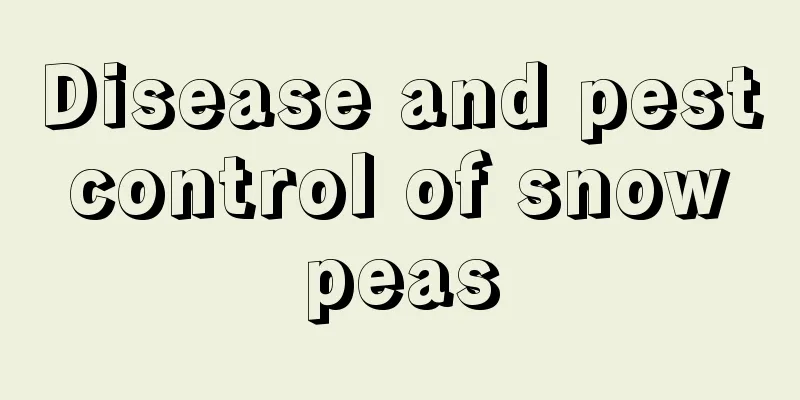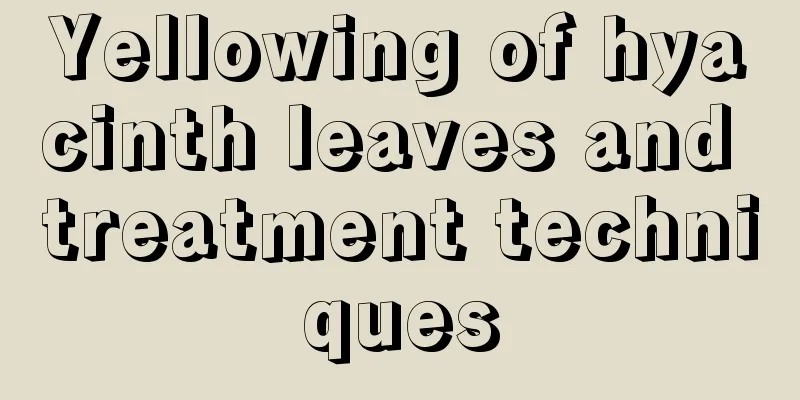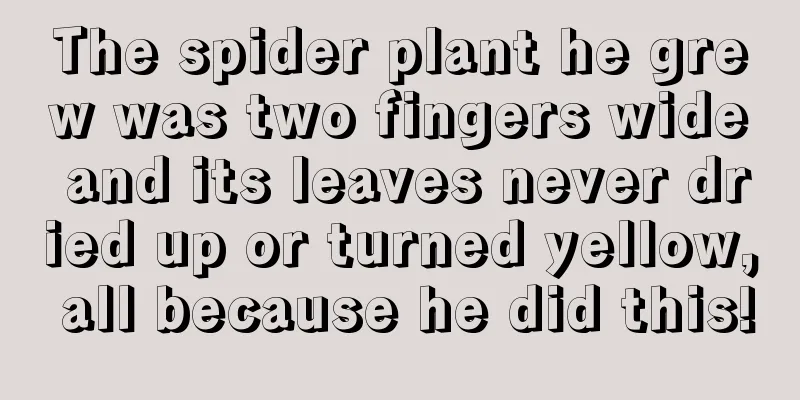Disease and pest control of snow peas

1. What are the pests and diseases?1. Disease. Common diseases of snow peas include blight, powdery mildew, anthracnose, and wilt, etc., which mainly damage the plants and leaves of snow peas. 2. Pests. The most common insect pests of snow peas are aphids, caterpillars, pod borers, etc., which mainly damage the stems, leaves, pods and other parts of snow peas. 2. Characteristics of Snow Pea DiseaseWhen planting snow peas, you must pay attention to observe the development of the snow peas. When it shows the following characteristics, brown spots will appear on the stems at first, the leaves will shrink and the color will fade. For example, in severe cases, the stems will rot and the plant will shrink. Generally, it has encountered diseases and pests. It must be dealt with and controlled in time! 3. Prevention and control methods1. Methods for preventing and controlling diseases.(1) When selecting snow peas, you should choose varieties with strong disease resistance. Good varieties can greatly reduce the probability of snow peas becoming diseased after they mature. (2) Regular crop rotation and planting of snow peas in combination with other plants that are less susceptible to diseases and insect pests can also improve the disease resistance of snow peas. (3) Apply fertilizer reasonably and appropriately, with more nitrogen fertilizer and less potassium fertilizer. Snow peas are fertilizer-loving crops. Applying more fertilizer can provide it with a large amount of nutrients, which can improve its immunity and strengthen its disease resistance. (4) Drug prevention and treatment. Spraying pesticides should be done in the early stages of the disease to prevent it from getting worse. Generally, it is done once every ten days, and about three times is enough. 2. Prevention and control of pests.(1) When insect infestation is first discovered, the affected dead leaves should be removed promptly to avoid cross-infection between leaves. (2) During the period of aphid migration, monitoring and control measures should be implemented to ensure timely prevention and control. (3) Pesticide control. In the early stage of larvae, it is necessary to choose appropriate pesticides to control the insects in time. Otherwise, the massive reproduction of pests will directly lead to the death of the entire snow pea plant. I hope the above content is helpful to everyone. I wish that the snow peas you grow can grow healthily and bear high-quality fruits! |
<<: Disease and Pest Control of Sugar Apple
>>: Disease and Pest Control for Brussels Sprouts
Recommend
When is the best time to sow snapdragon?
Suitable time for sowing snapdragon Snapdragon be...
Osmanthus family cultivation methods and precautions
1. Breeding methods 1. Soil: Osmanthus is not ver...
Lettuce cultivation methods and precautions
1. Maintenance methods 1. Substrate: Lettuce will...
What to do with dried gardenia leaves
1. Improve the soil The appearance of dry leaves ...
How to trim and shape the Yale Dance
1. How to prune Its pruning should be done in spr...
What is the best season to plant gourd?
Gourd planting season and time Gourd planting is ...
Does chrysanthemum tea have weight loss effects?
1. Reasons Chrysanthemum tea has many functions, ...
Is the succulent ruby easy to grow?
1. Is it easy to raise? The succulent ruby is r...
How to Grow Turf
1. Level the land Planting turf has high requirem...
How many years does ginkgo fruit bear fruit
Introduction to Ginkgo Planting Ginkgo prefers an...
The efficacy and function of durian
Strengthen Yang and nourish Yin Durian has high n...
How to plant camellia seeds
1. Seed planting environment 1. The temperature f...
The difference between white flower yedoensis and purple flower yedoensis
1. Difference in color The flowers of the white g...
When is the right time to sow mustard?
Mustard sowing time Mustard belongs to the Crucif...
How to water the Guanyin Lotus
Overview of Watering Guanyin Lotus The Alocasia o...









